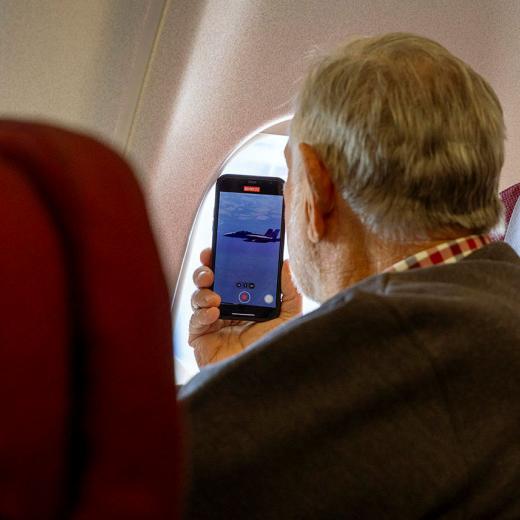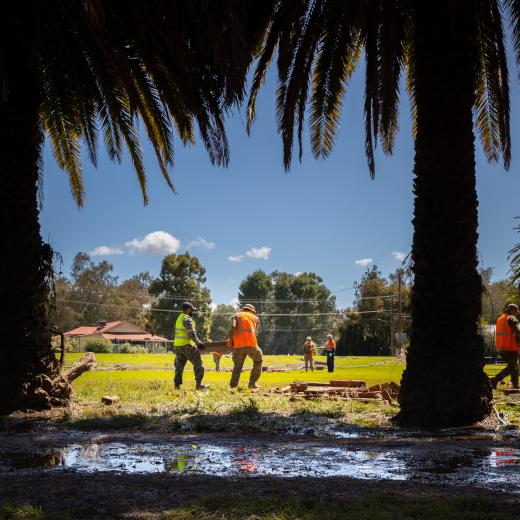BLUF
It’s not necessarily something we think about a lot, but the quality of our indoor air can greatly affect our health.Summary
The COVID-19 pandemic has highlighted that there are still major ventilation problems in some Australian hospitals and other indoor venues. And despite experiences with the airborne spread of COVID-19 in some quarantine hotels, indoor air quality is still largely unregulated.
Health problems associated with poor indoor air has been estimated to cost Australia $12 billion a year.
Beyond moulds and viruses, indoor air pollutants include toxic chemicals given out by furnishings and building materials and CO2 breathed out by humans.
As well as being a sign of poor ventilation, high CO2 levels can also give people headaches, affect concentration, cognitive abilities and productivity.
There are no nationally agreed standards for indoor air quality.
Less than 20 countries have national indoor air quality standards, and most are not enforceable.
The desire to save on energy costs has often compromised indoor air quality.
Architect Geoff Hanmer is part of an expert group campaigning for better ventilation standards in Australia. He likens it to changes that happened when cities needed to stop the spread of cholera; he noted that:
'Just as we spent a huge amount of money in the 19th century to sewer towns, we're going to have to spend a lot of money to make sure our buildings have clean, safe, fresh air in them.'
References
Jan 2021 The Conversation Air pollution: over three billion people breathe harmful air inside their own homes
Feb 2021 The Conversation Australian children are learning in classrooms with very poor air quality
May 2021 Brisbane Times Total overhaul of indoor air quality needed post-pandemic, experts warn
Aug 2021 ABC Australia Australia's air quality culture criticised as experts point to ventilation as key in COVID-19 fight





